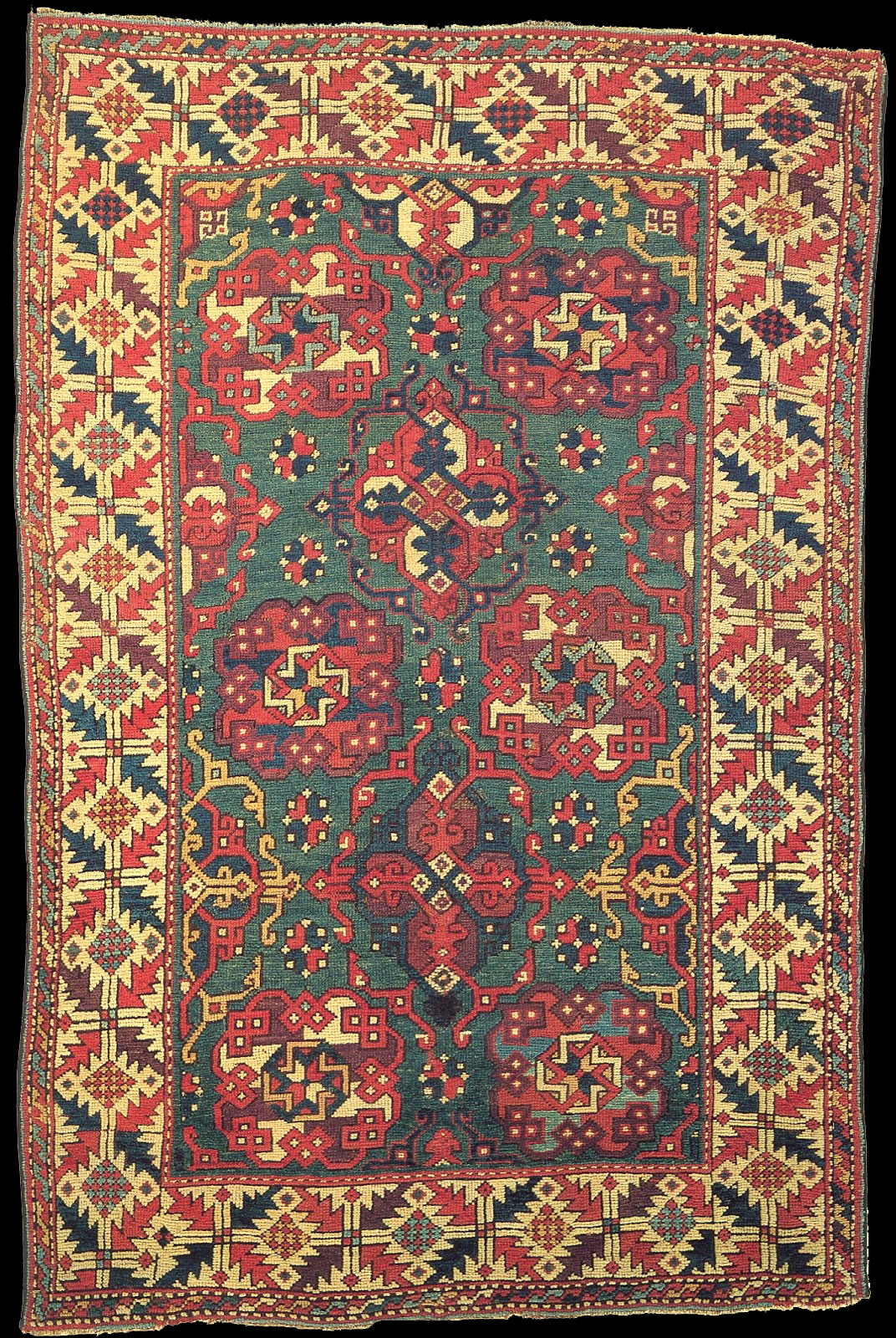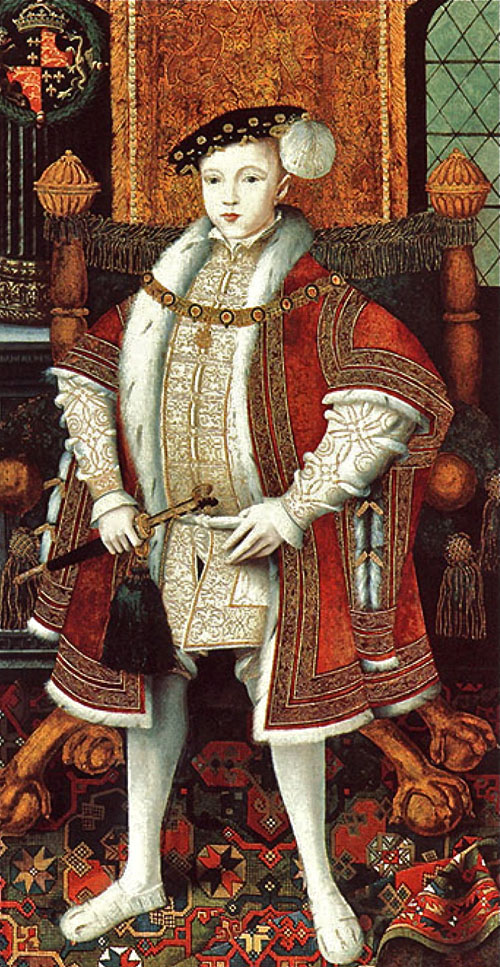|
Type I small pattern Holbein
carpet, 17th century, Ottoman Empire, Western Turkey. Philadelphia Museum
of Art (Joseph Lees Williams Memorial Collection, year 1955, 1955-65-5), 5
feet 7 inches x 3 feet 7 3/4 inches (170.2 x 111.1 cm)
The characteristic delicate, lacy repeat pattern of
this carpet is named for the Netherlandish painter Hans Holbein the
Younger, who reproduced it in paintings between 1527 and 1543. Though
still in common use today, the term is misleading because this type of
carpet was not so called by its Turkish weavers and was first depicted by
European painters long before Holbein was born.
|


